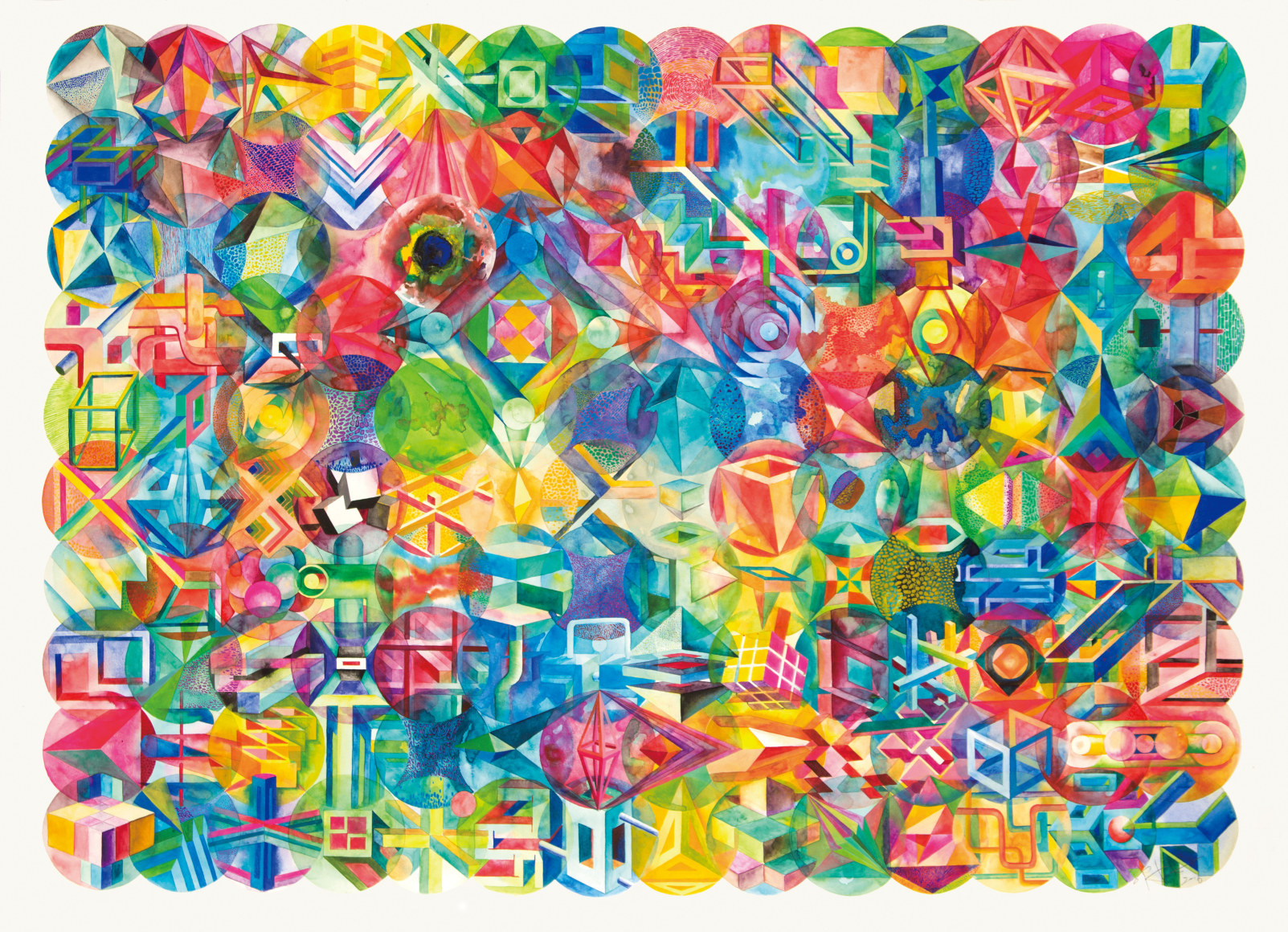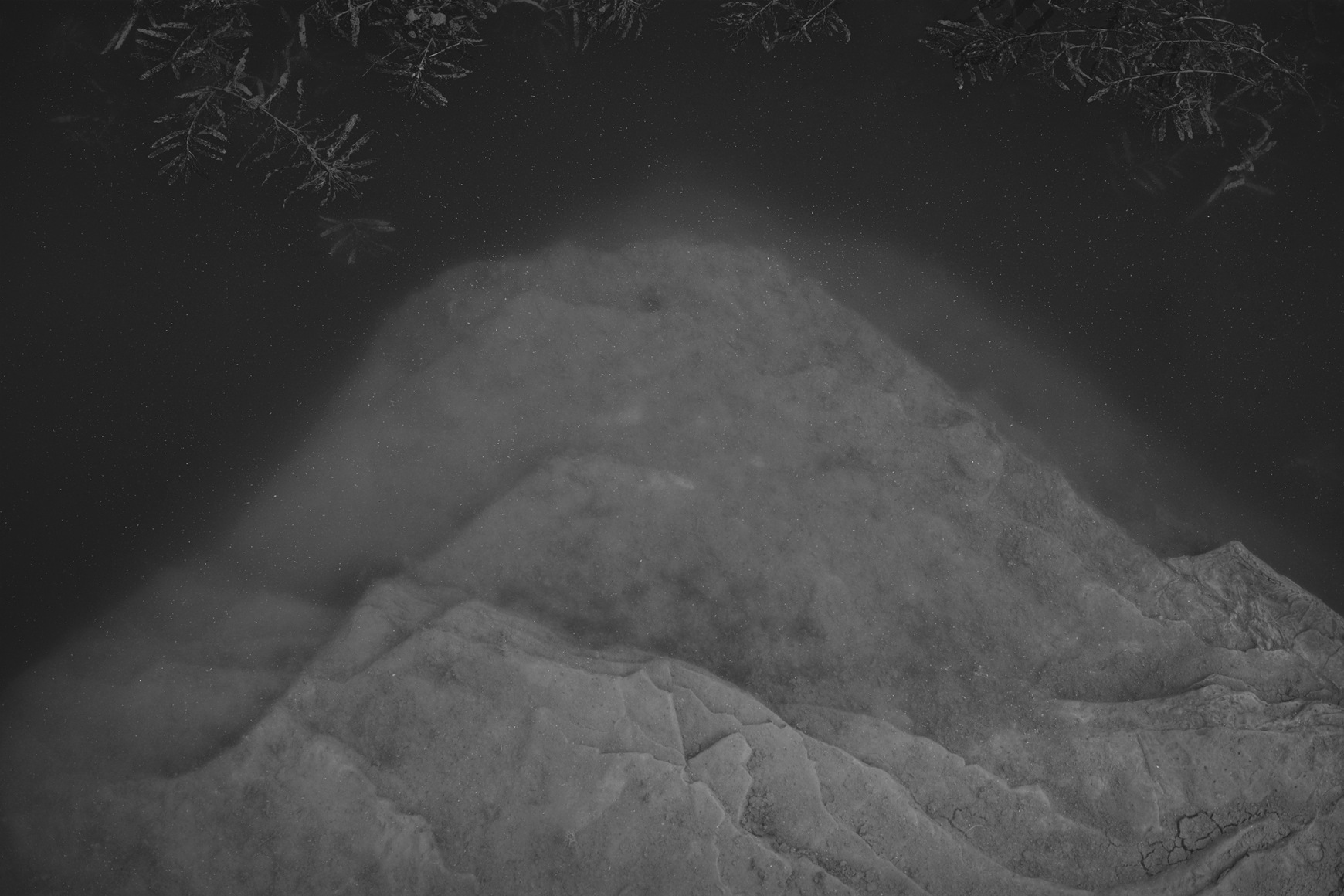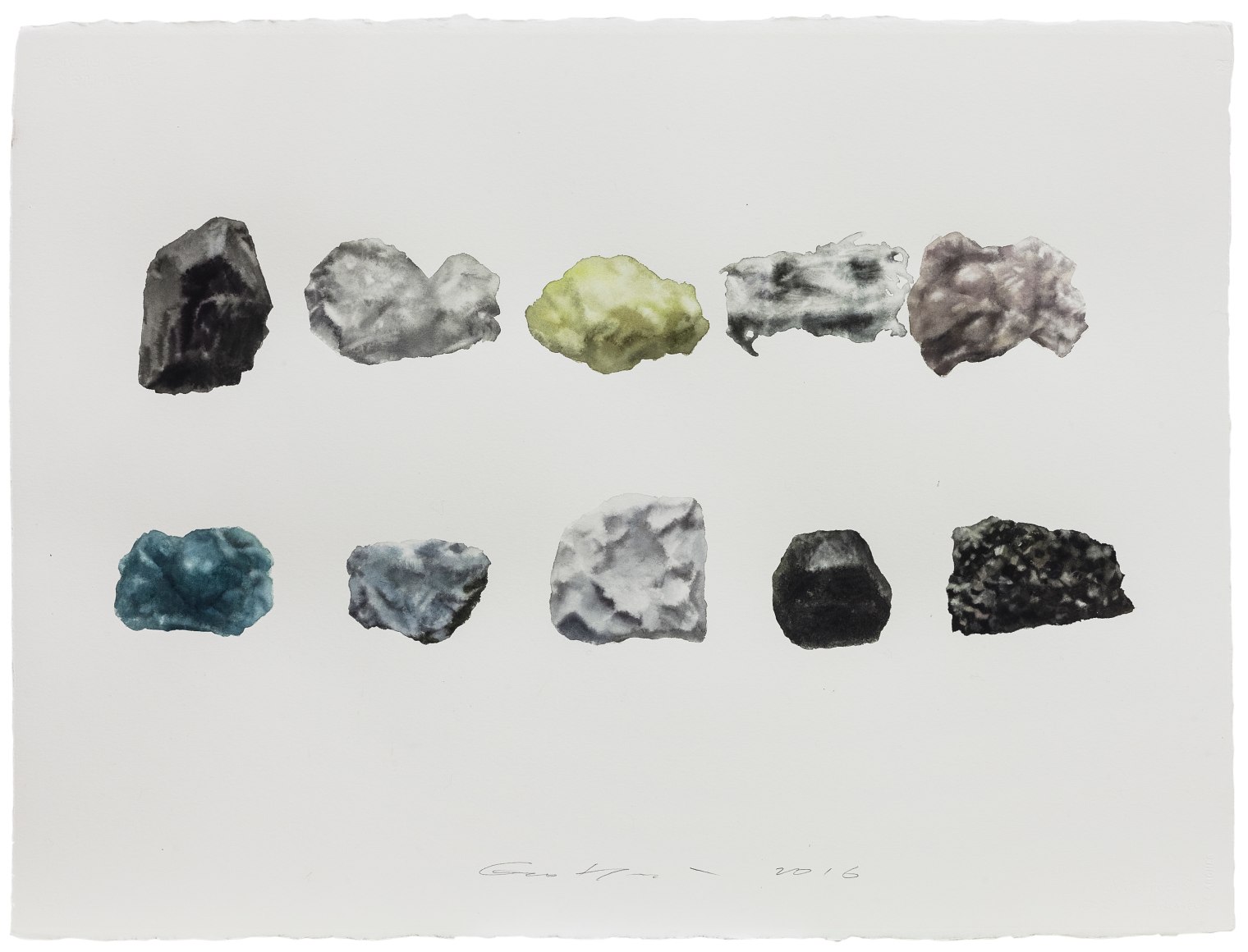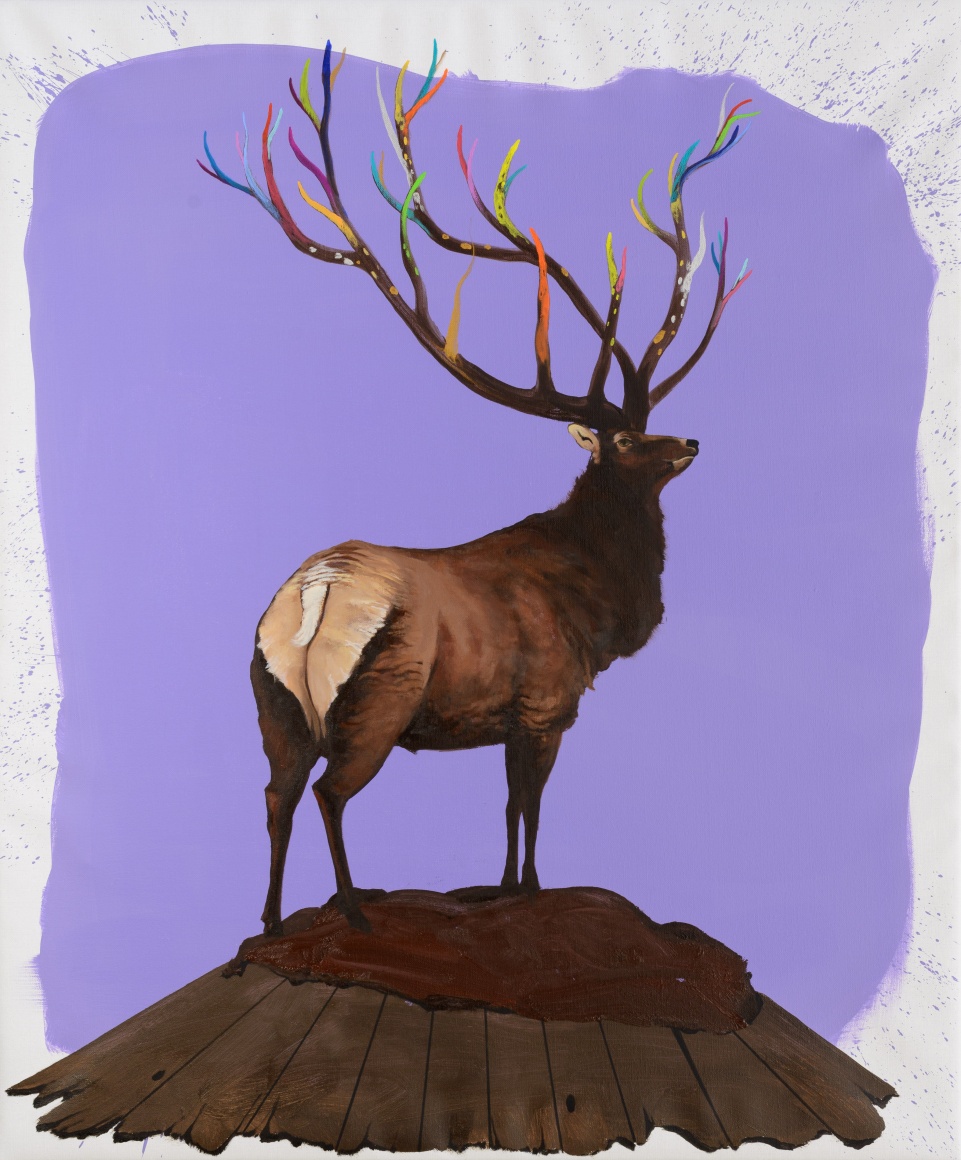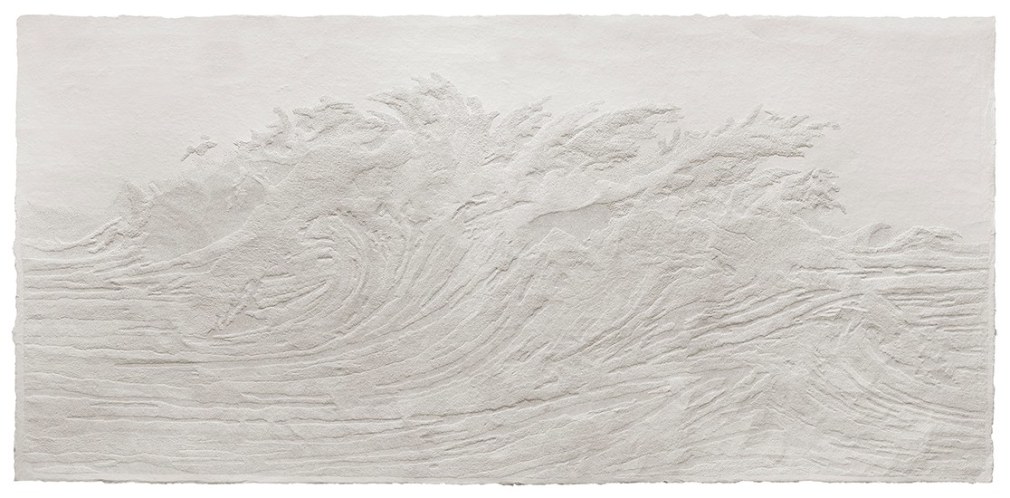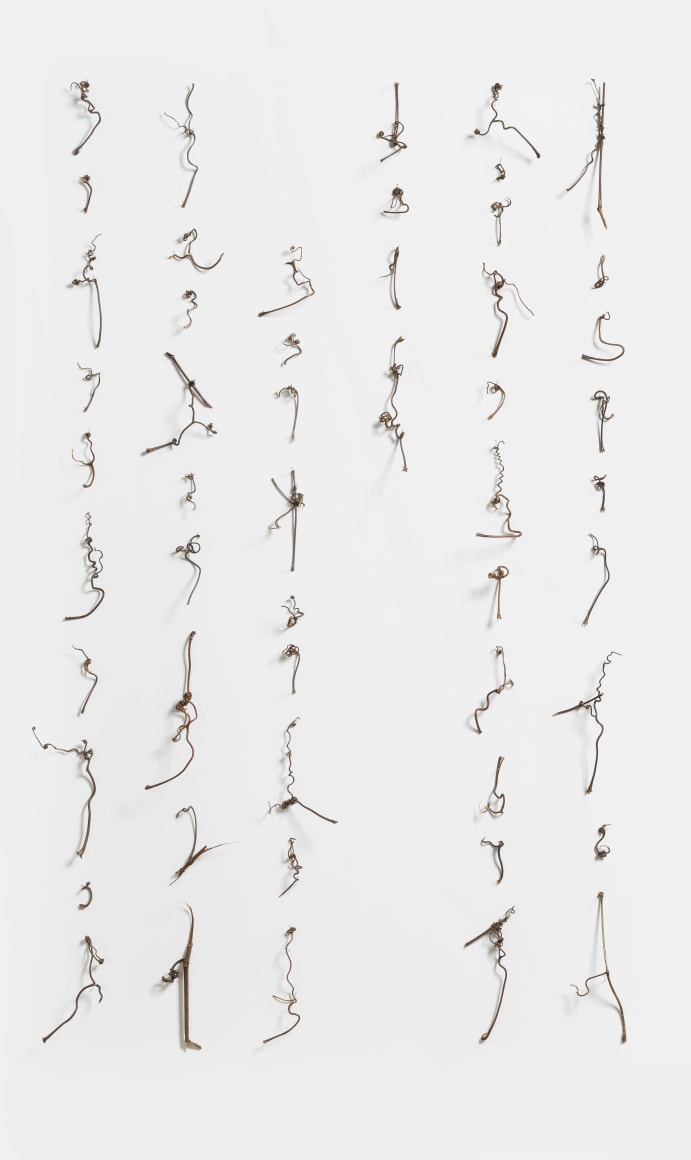Chambers Fine Art is pleased to announce its participation in ART021 Shanghai Contemporary Art Fair 2016. Dedicated since 2000 to the promotion of contemporary Chinese art, this year we are exhibiting new works by seven highly individual artists that give a clear idea of the catholic taste that has always characterized our exhibition program.
Yan Shanchun is the senior artist in the group and the most indebted to the thematic content of traditional Chinese art, the titles of his paintings and prints generally referring to famous landscape motifs in Hangzhou, but his paintings hover on the edge of abstraction. His spontaneous approach contrasts with the mysterious visual dramas of GAMA who was born in Mongolia although he has been living in Germany since 2002 and is currently resident in Berlin. The familiarity with the supernatural world that he gained in Mongolia from his great aunt who was an important shaman still infuses his uncanny imagery although this is now equally indebted to German Romanticism and fairy-tales.
Three of the artists in the selection are represented by works on paper. The eloquent simplicity of Guo Hongwei’s watercolor of two rows of stones contrasts with Wu Jian’an’s 140 Color Balls in which the brightly colored spheres are combined with a dizzying array of geometrical forms. He is also represented by a virtuosic paper cut, Ten Thousand Things, in which hundreds of small, overlapping figures are arranged in such a way that only fragments of bodies are revealed. In contrast, Fu Xiaotong uses a needle to perforate sheets of hand-made xuan paper until landscape images emerge from her carefully orchestrated excavation of the surface of the paper.
Based in New York, Cui Fei uses materials from the natural world ranging from thorns to vine tendrils in installations and independent works. Whereas the thorns in Reading by Touch represent the passing of time, the grape tendrils in Manuscript of Nature refer to the origins of Chinese calligraphy. Photographer Taca Sui is also deeply interested in the earliest stages of Chinese civilization. In his recent series Steles: Huang Yi Project he followed in the footsteps of a Qing dynasty scholar looking for traces of China’s cultural past. Part of this series, Wen River is a particularly enigmatic image, the underwater form suggesting a distant mountain.

